Venerable Thich Hanh Tue is a shining example of religion and patriotism in the dark prison of "hell on earth".
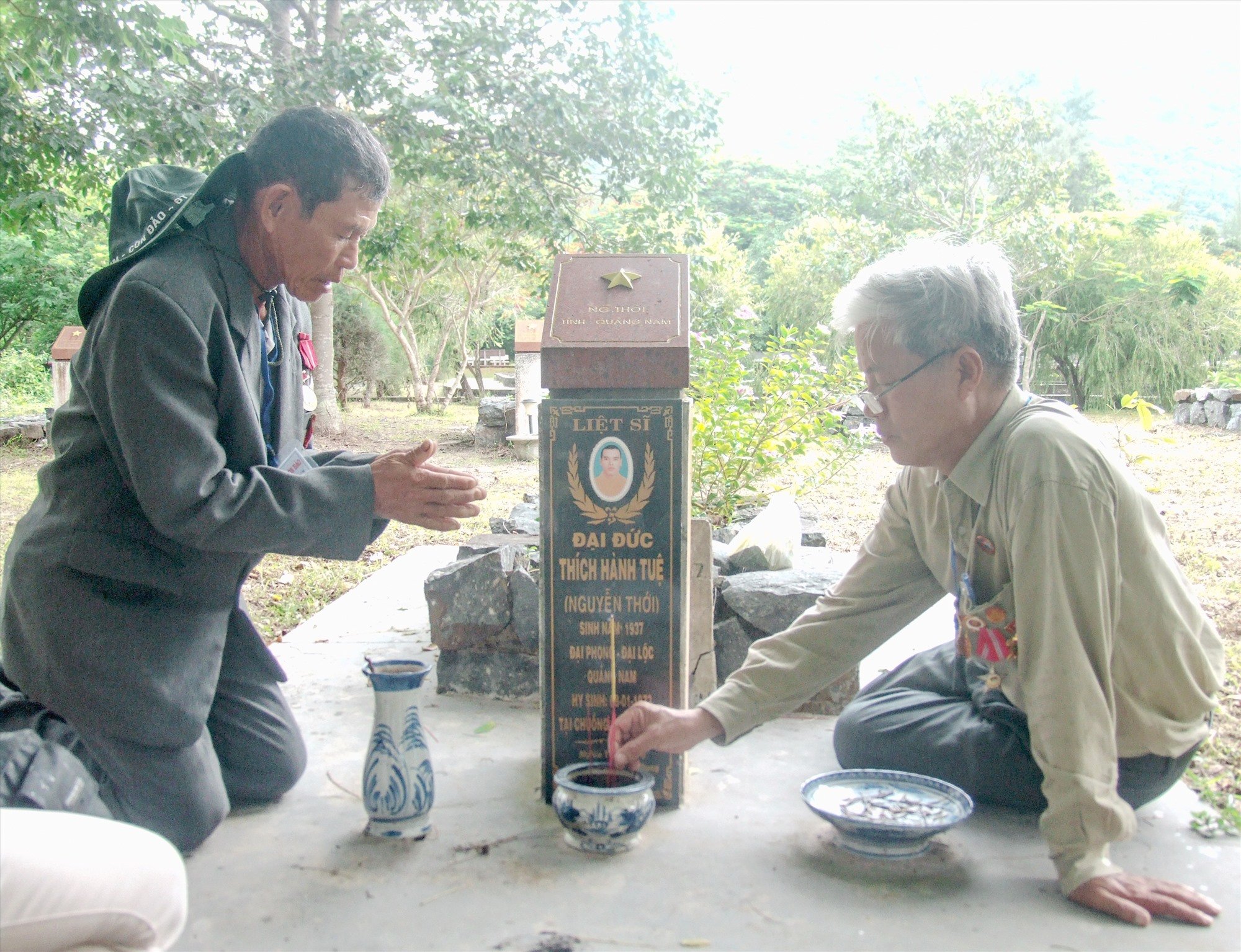
1. Venerable Thich Hanh Tue was born in 1935 into a family with a revolutionary tradition in Loc Tan commune, now Dai Phong commune (Dai Loc). When he was young, his name was Dau. When he grew up, he joined the revolutionary movement and changed his name to Nguyen Thoi.
In 1956, the enemy relentlessly hunted down resistance cadres, many were captured and killed, some escaped and moved to other areas of activity. Nguyen Thoi was sent by his father, Nguyen Huu, to Co Lam Pagoda (Dai Dong Commune, Dai Loc) to study Buddhism and participate in revolutionary activities with many patriots pretending to be monks. Later, Nguyen Thoi was sent to study at Phuoc Lam Pagoda (Hoi An), taking the Buddhist name Thich Hanh Tue.
On May 12, 1980, Prime Minister Pham Van Dong signed and awarded the Certificate of Merit to martyr Nguyen Thoi. On August 13, 1985, President Truong Chinh posthumously awarded the First Class Resistance Medal in recognition of the great contributions of the Venerable during the resistance war against the US.
Ho Chi Minh City has included Venerable Thich Hanh Tue's name in the street naming fund. The Association of Patriotic Prisoners of Dai Loc District is preparing documents to submit to the competent authority to consider posthumously awarding him the title "Hero of the People's Armed Forces".
In 1963, the Buddhist movement in the Central region grew strongly and spread to the southern provinces, pushing the struggle against the Ngo Dinh Diem dictatorship to a climax.
At that time, Venerable Thich Hanh Tue followed Venerable Thich Tri Quang to Saigon, with the task of maintaining close contact between the Buddhist movement in the Central region and the National Liberation Front of the South in the Saigon - Gia Dinh area through a single-line contact, under the direct direction of Mr. Huynh Tan Phat - Vice Chairman and General Secretary of the Central Committee, and also Chairman of the National Liberation Front Committee of the Saigon - Gia Dinh area.
2. On Buddha's birthday in 1966, Buddhists in many places were severely suppressed and terrorized. Venerable Thich Hanh Tue was arrested by the enemy and imprisoned in Chi Hoa prison.
In 1968, Venerable Thich Hanh Tue and a number of other political prisoners were exiled to Con Dao. Here, Venerable Thich Hanh Tue was always at the forefront of the movement against saluting the flag of the Republic of Vietnam, against forced labor, and fighting for civil rights and democracy.
The enemy imprisoned Venerable Thich Hanh Tue in an isolated cell, chained all day long, and threatened with death, but Thich Hanh Tue always maintained the integrity of a revolutionary soldier. Unable to get any information from this true monk, in July 1968, the enemy took Venerable Thich Hanh Tue and a number of other political prisoners to Chi Hoa prison for further interrogation.
Former political prisoners in Chi Hoa prison still tell the story of Venerable Thich Hanh Tue's intelligent and courageous dialogue. Once, a Lieutenant Colonel, the Warden of Chi Hoa prison, came to inspect, met and asked Venerable Thich Hanh Tue: "Hey, are you really a monk or are you pretending to be a monk?" The Venerable calmly replied: "Lieutenant Colonel, I became a monk when I was young."
The foreman raised his chin and asked insolently: “What rank have you attained? Are you still a vegetarian here?” The monk calmly replied: “Before I was arrested, I was a monk. I have been a vegetarian since I became a monk, and I still am.”
Still with an insolent and arrogant attitude, the warden asked: "So please explain to me, why is it disrespectful to light three incense sticks at the temple, not one, two, four, or five?". The monk calmly replied: "Excuse me, Lieutenant Colonel, let me ask, are you asking a prisoner as a prison warden or as a Buddhist asking a monk?". Surprised by the clever counter-question, the Lieutenant Colonel stammered in reply: "I ask... you... as... a... Buddhist!".
3. In November 1968, the enemy brought him back to Con Dao and imprisoned him in the "tiger cage" area. Here, he continued to fight for freedom for the prisoners. Venerable Thich Hanh Tue was imprisoned with fellow prisoners Dao Duy Nghe and Hai A (aka Do Van Minh) in "tiger cage" number 5 ("tiger cage" area II).
The monk lay next to Hai A inside, while Dao Duy Nghe lay near the door to listen for movement, monitor the prison guards' movements, and judge the situation to come up with countermeasures.
One day in early July 1970, discovering that a delegation of American congressmen had come to inspect the "tiger cage" area, Dao Duy Nghe signaled to Venerable Thich Hanh Tue to proactively find a way to denounce the crimes of the prison.
As the group passed by, Venerable Thich Hanh Tue shouted loudly: “We are hungry! We are thirsty! We were beaten!...”. Hearing people talking, the whole group gathered at a point on the roof of “tiger cage” number 5 to investigate, record, film, take pictures...
Taking advantage of the fact that he was wearing a monk's robe, the Venerable boldly declared: "I am a monk and I have been fighting for peace since 1966. I am here for no other reason than to want peace. I was arrested and brutally tortured, but I continue to fight for peace."
In the US congressional delegation, Tom Harkin (at that time an assistant staff member at the US Congress, later a Senator from Iowa) strongly opposed not including information about the tiger cages in Con Dao in the report.
Not long after, with the support of American journalist Don Luce, who was working in the battlefield in South Vietnam, Tom Harkin brought this story to the press. When the story and photos were published by Life magazine on July 17, 1970, it shocked the whole United States and sparked a peace movement around the world.
Under pressure from international public opinion, the Saigon government had to dismantle the “tiger cages”. Venerable Thich Hanh Tue and a number of other political prisoners were transferred to the “cow cage” area for detention. Here, the Venerable continued to lead the movement against repression, against forced thought, against forced labor...
In November 1971, the enemy intensified their repression, sending prisoners to the newly built American-style "tiger cages". Hunger and cold to the bone did not dampen their fighting spirit, but on the contrary, their spirit grew stronger, especially when Thich Hanh Tue used a knife to cut open his own stomach to protest the harsh regime of his lackeys, scaring the enemy to death.
Due to hunger and the consequences of revenge beatings many years ago, Venerable Thich Hanh Tue became seriously ill, often coughing up blood. On the morning of January 28, 1973, Venerable Thich Hanh Tue bid farewell to his comrades and passed away in Dao Duy Nghe's arms at the infirmary of Camp VII.
The grave of Venerable Thich Hanh Tue is currently located in Area C, Hang Duong Cemetery, Con Dao (Ba Ria - Vung Tau). The tablet and portrait of Venerable were brought to worship at Dieu Phap Pagoda (No Trang Long Street, Ward 13, Binh Thanh District, Ho Chi Minh City).
Source


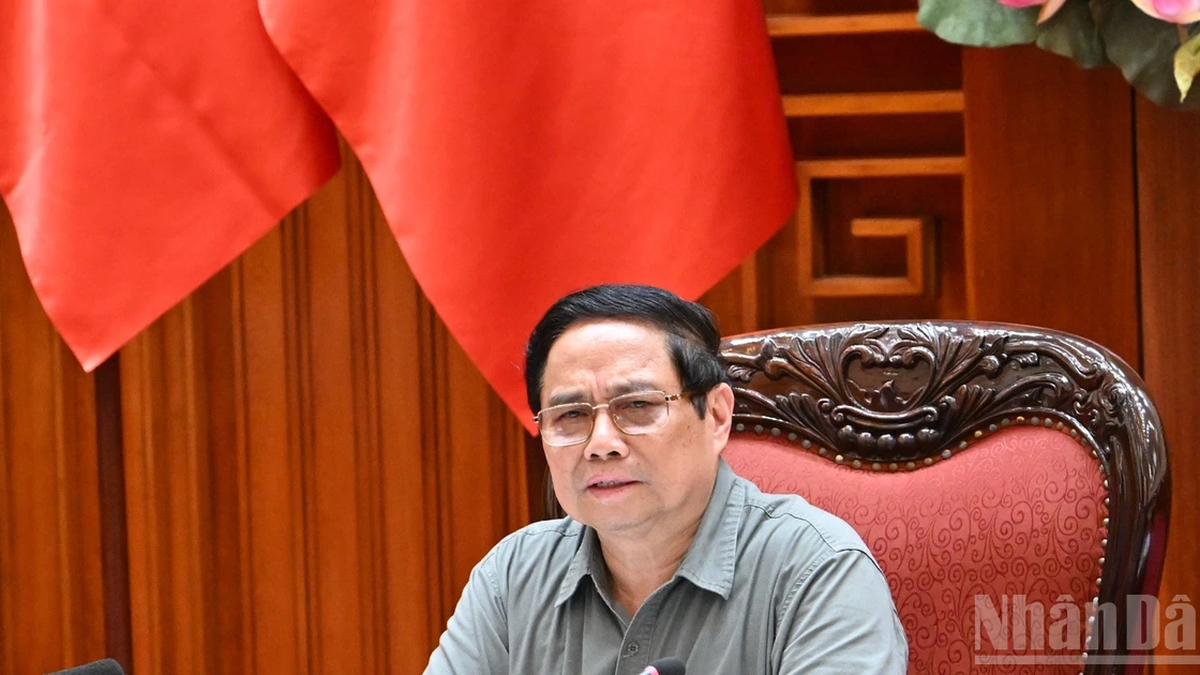
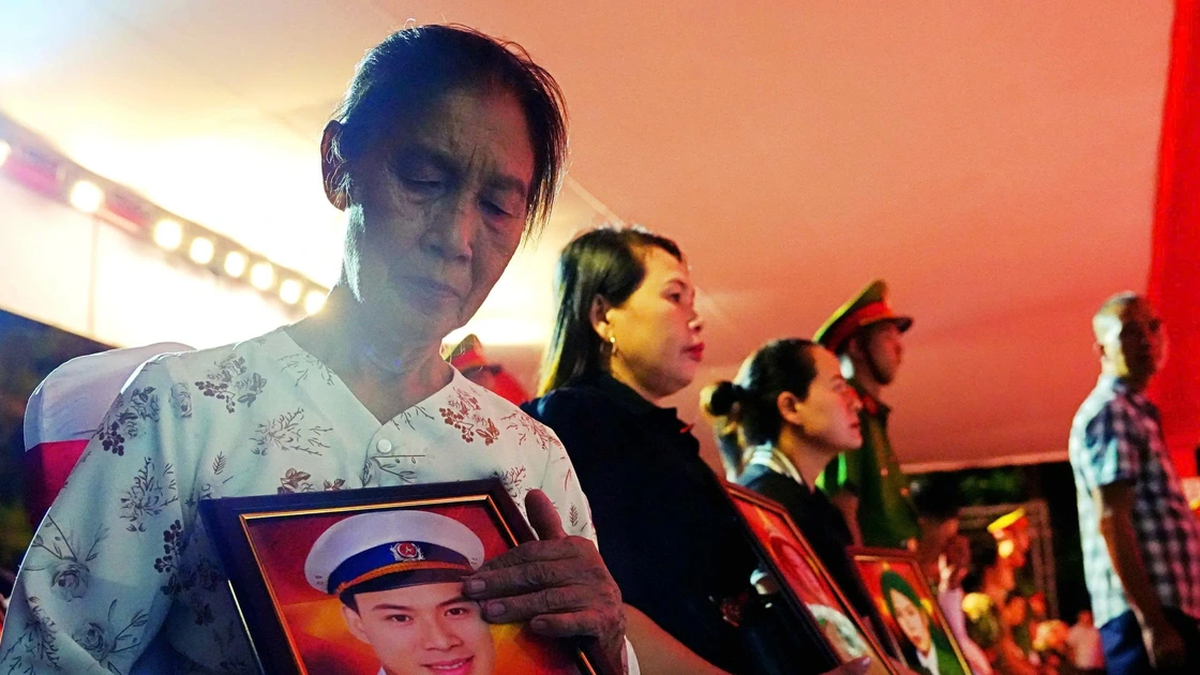
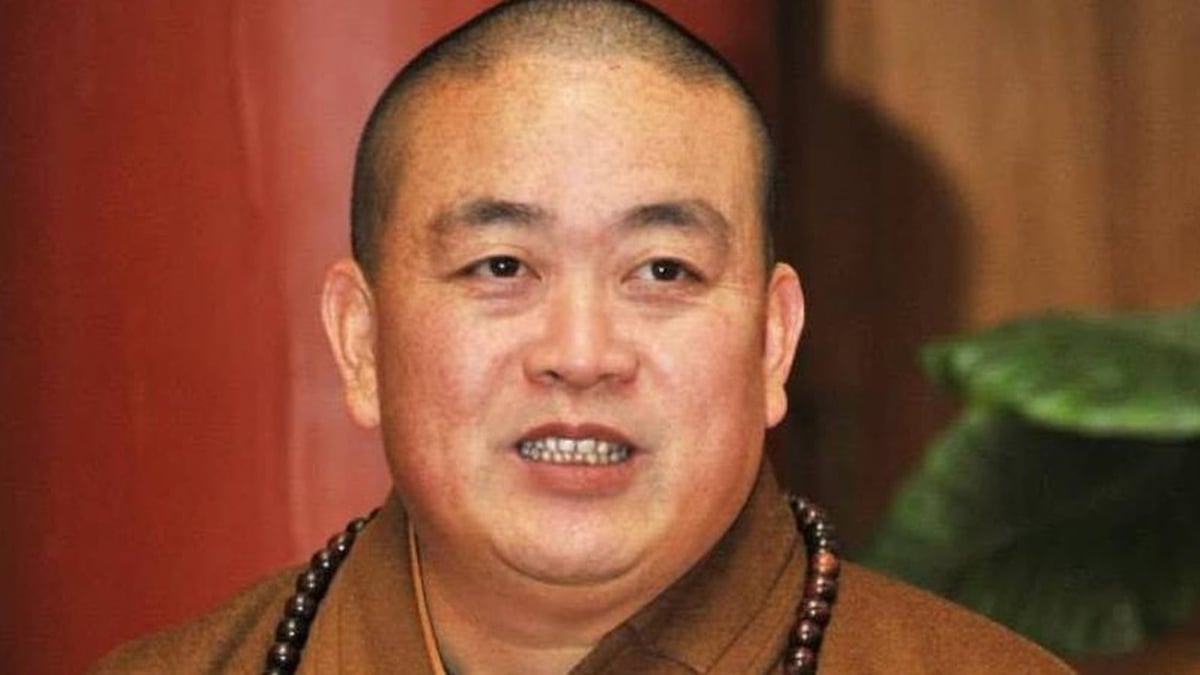
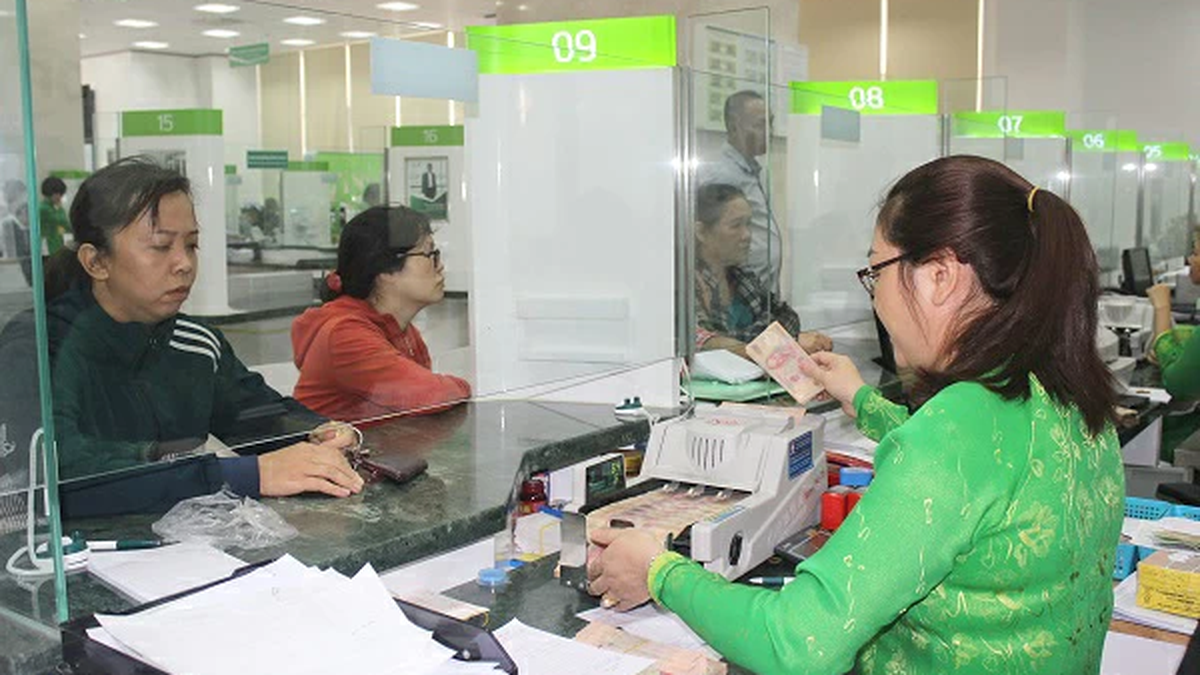
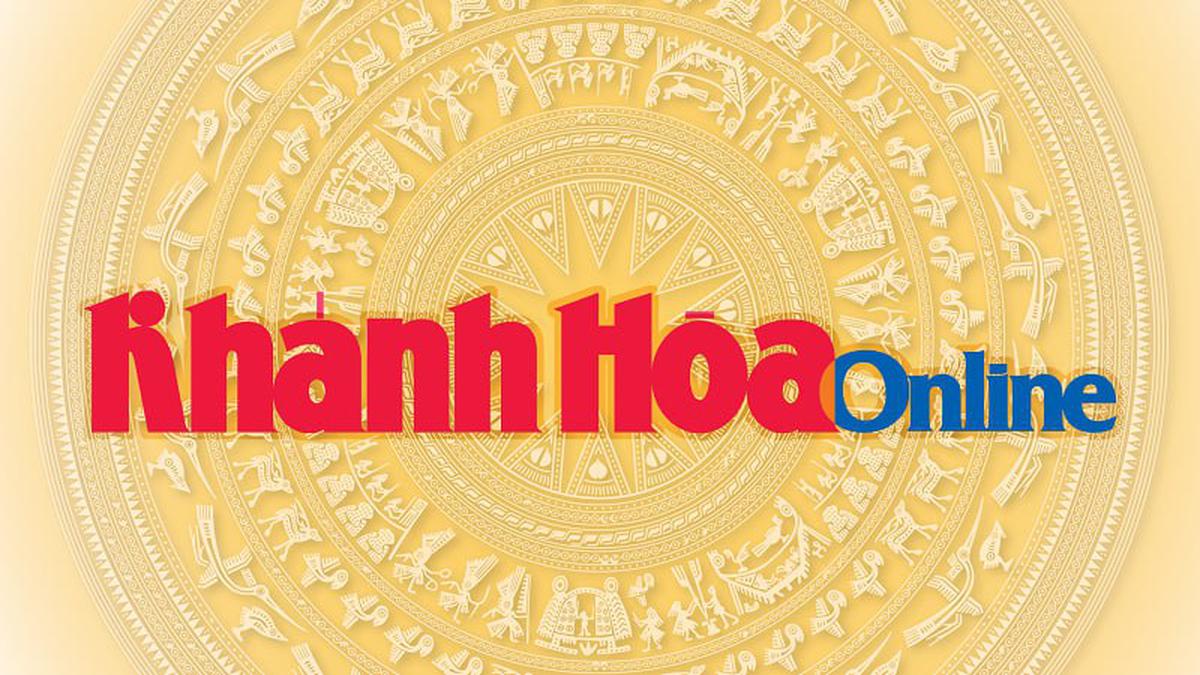
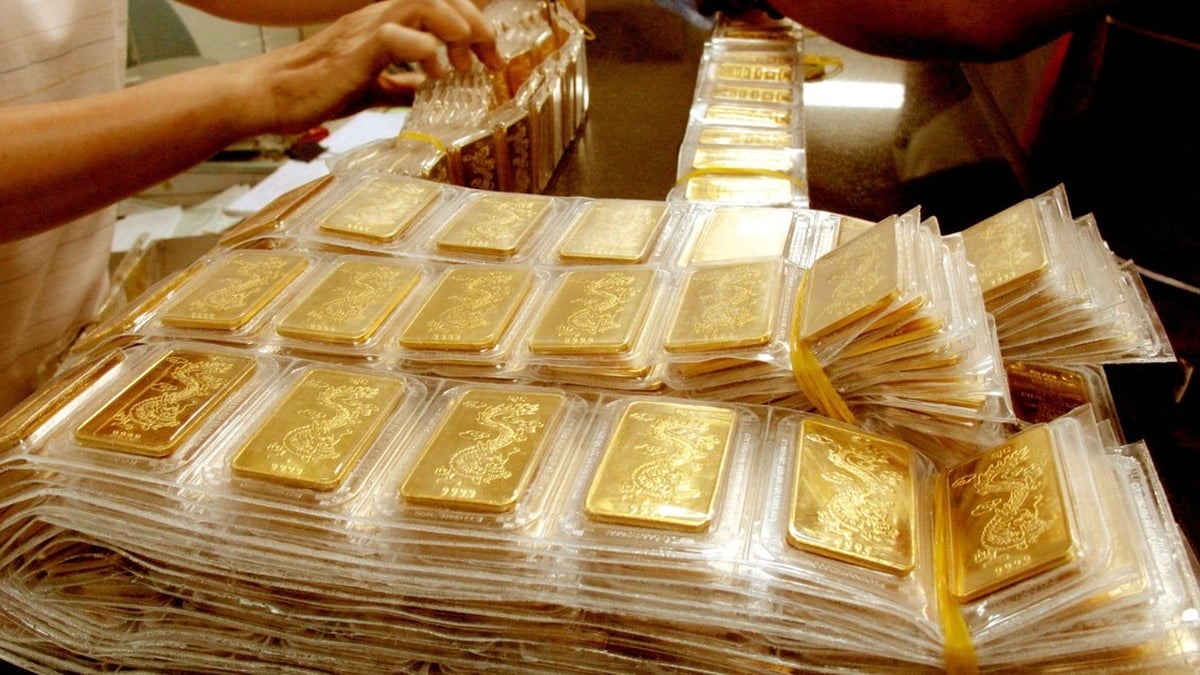
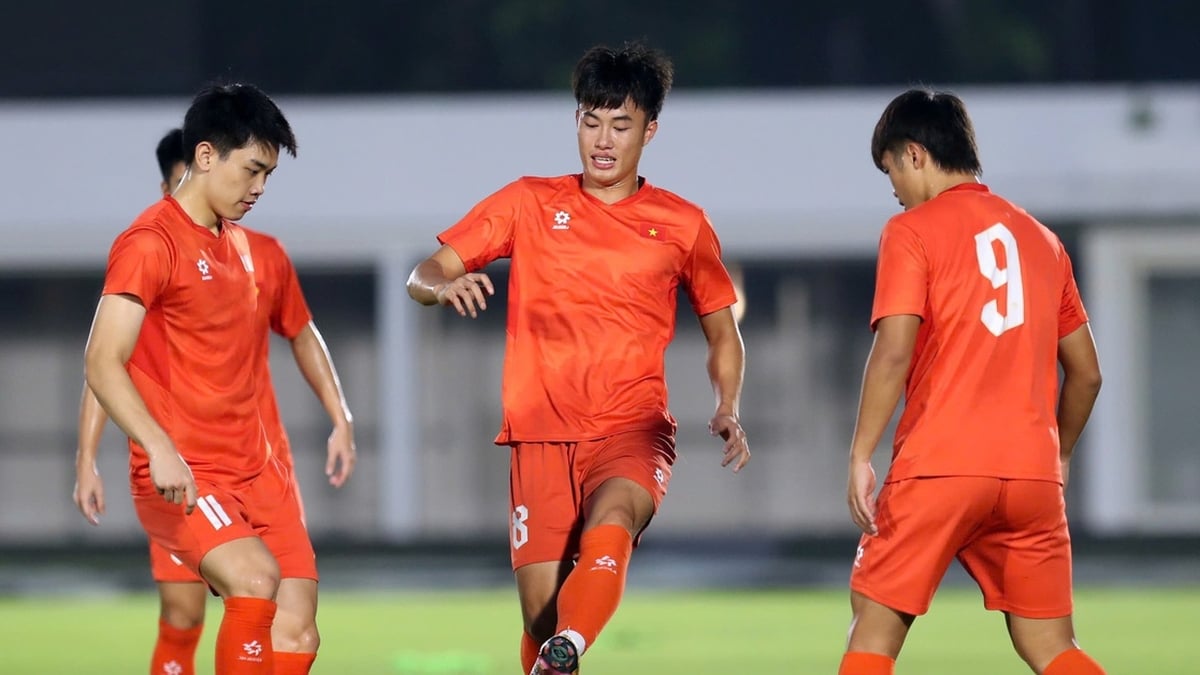

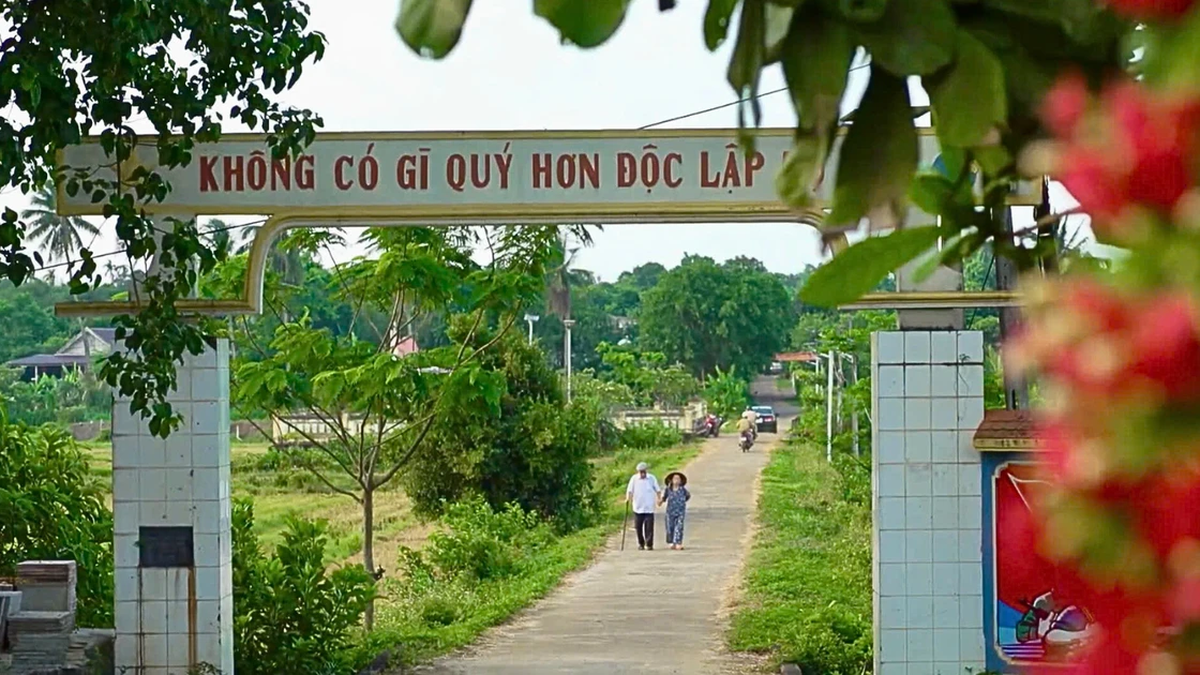
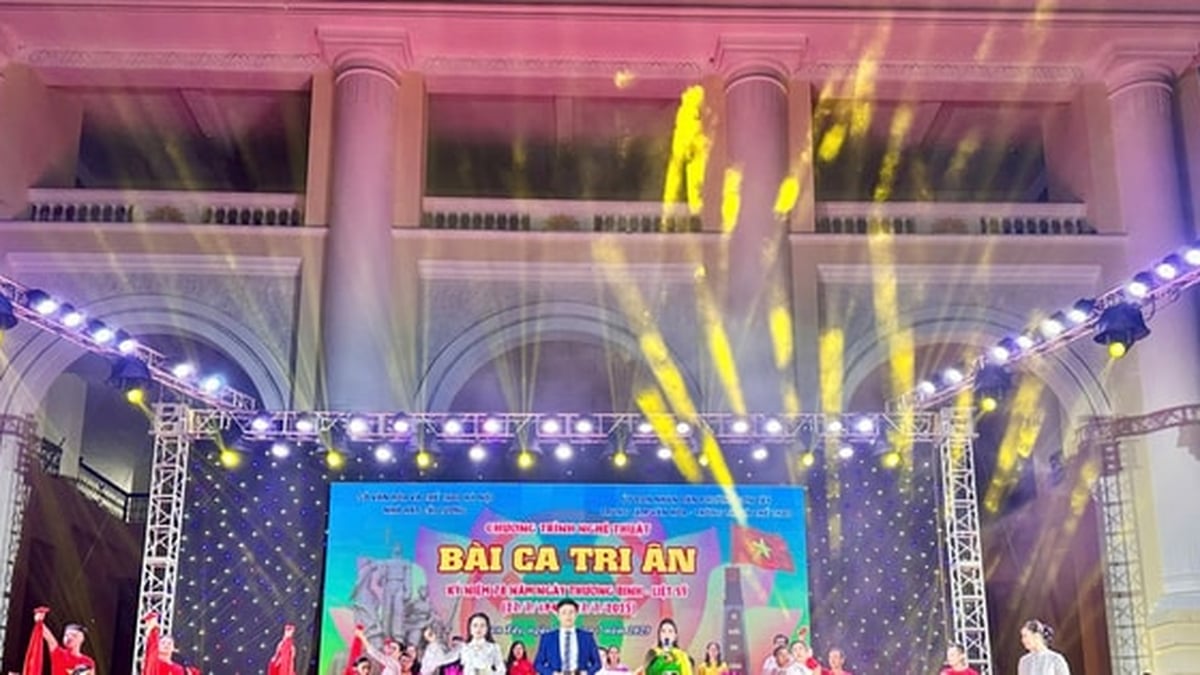










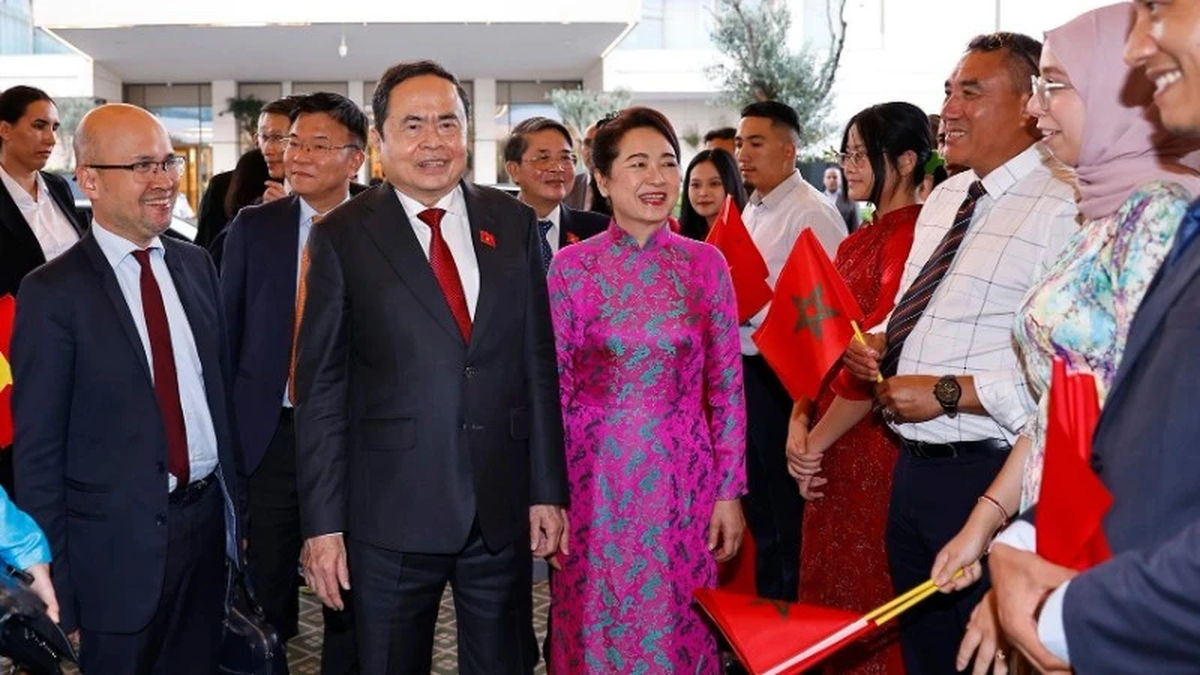
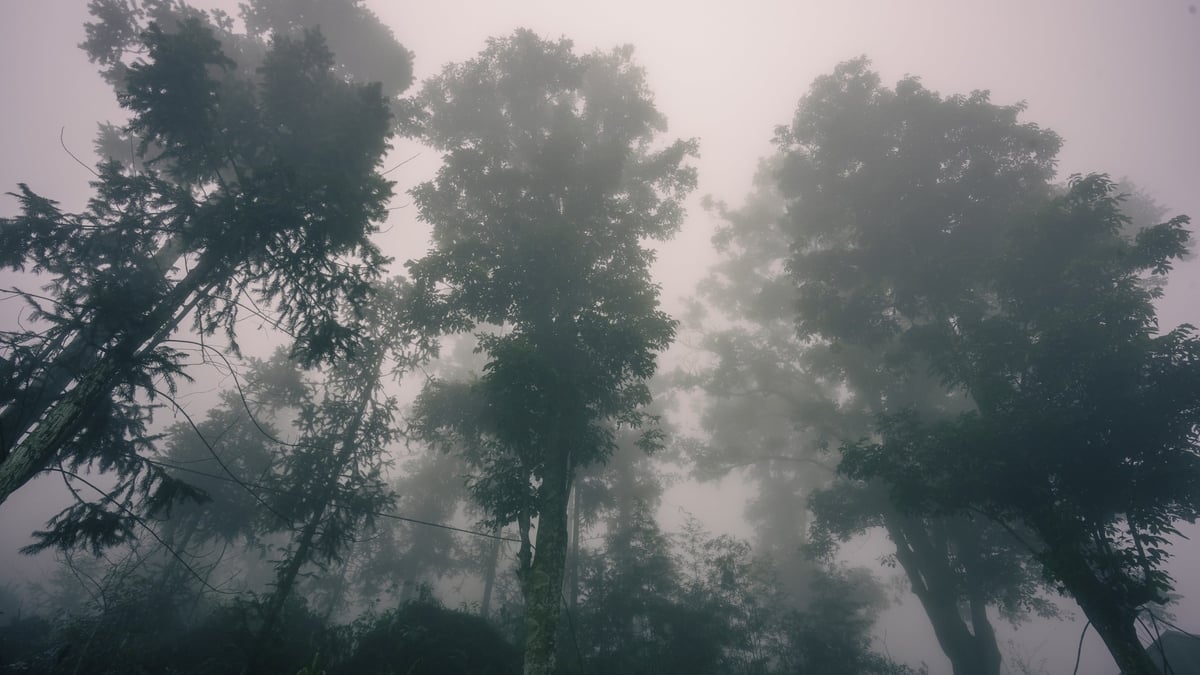
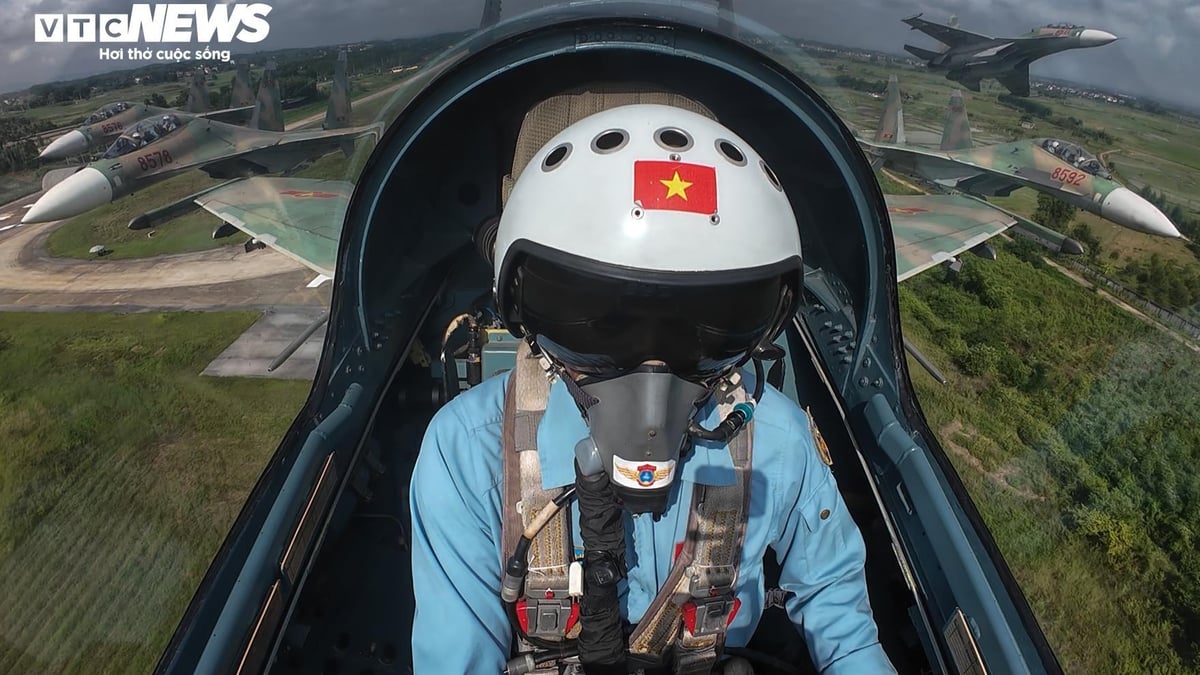
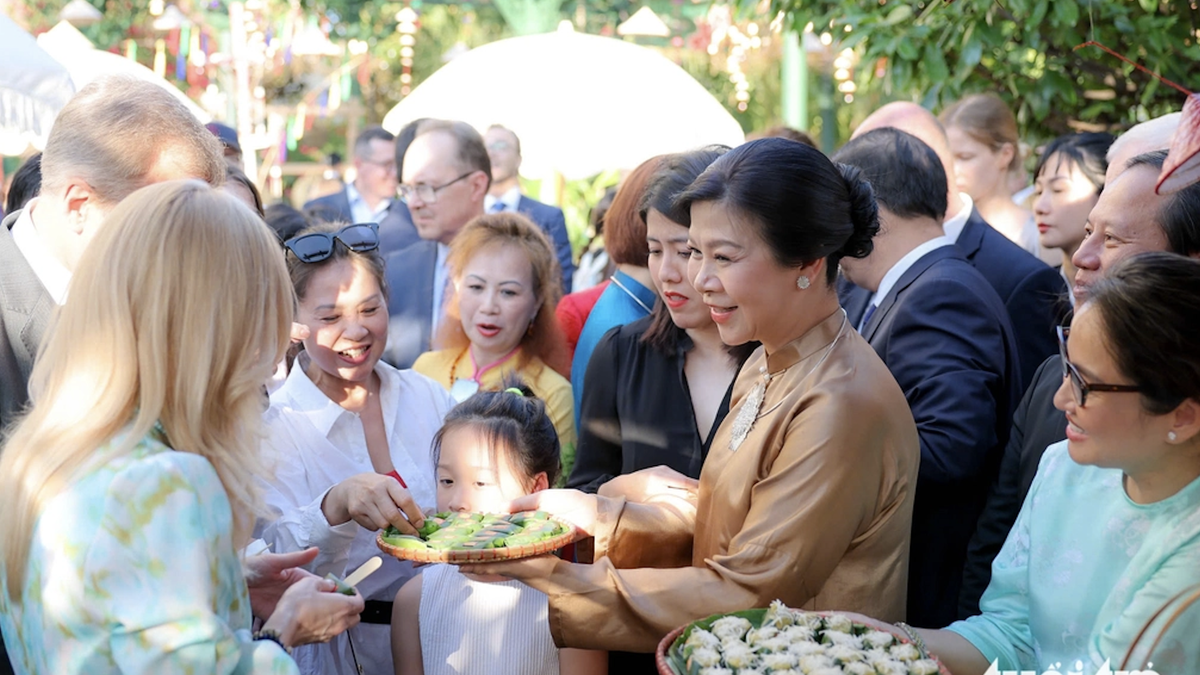
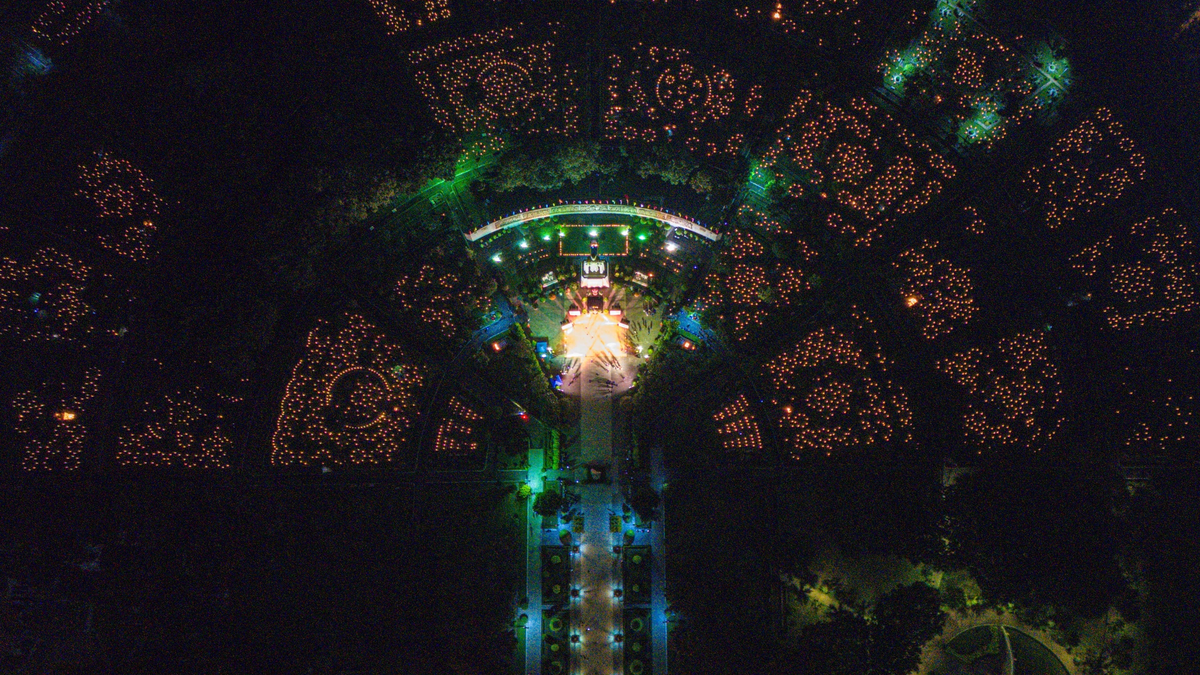

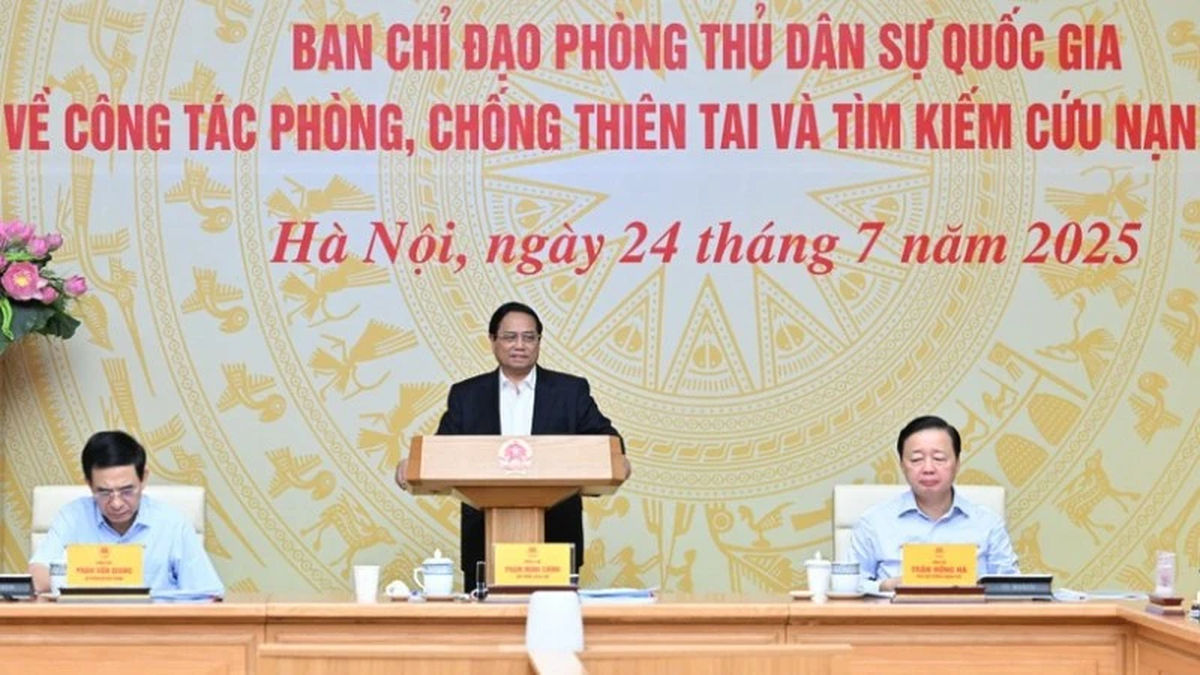
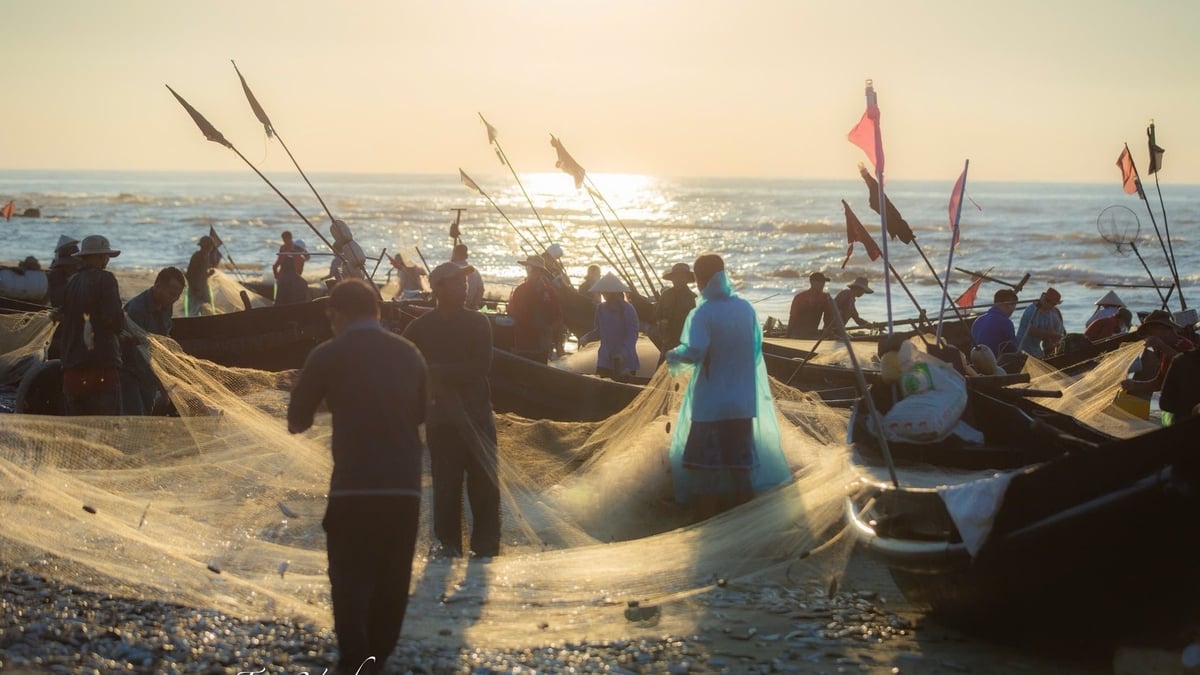
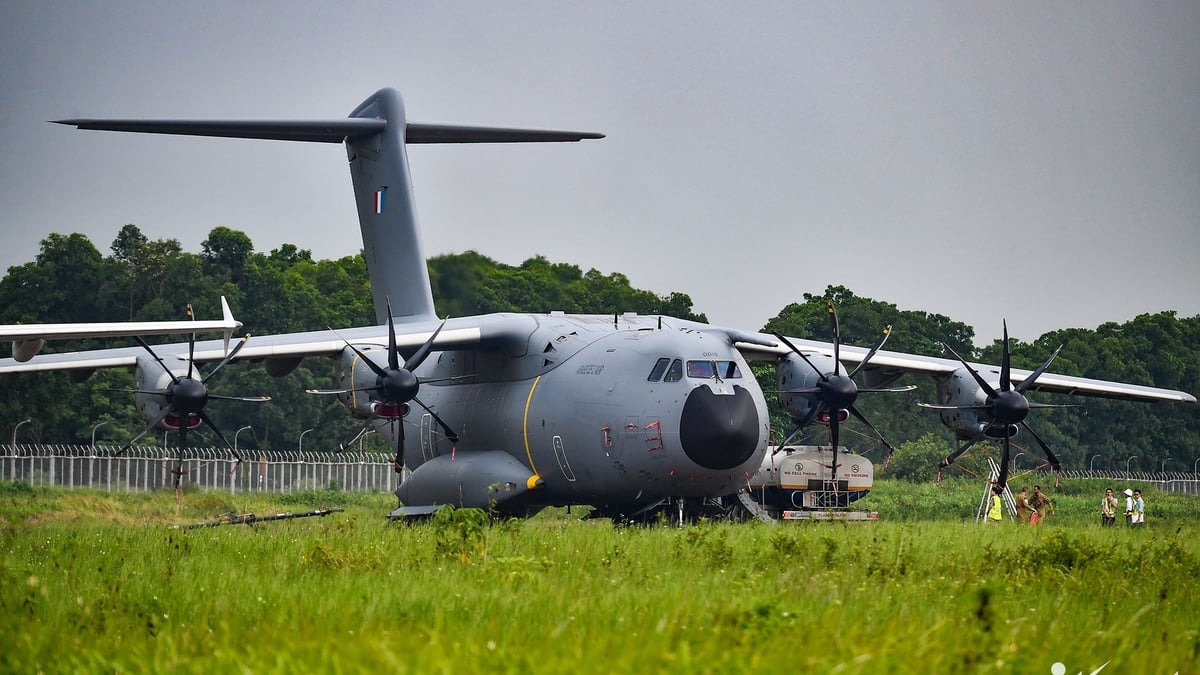

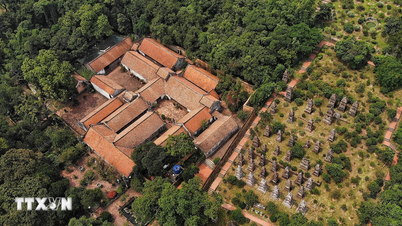



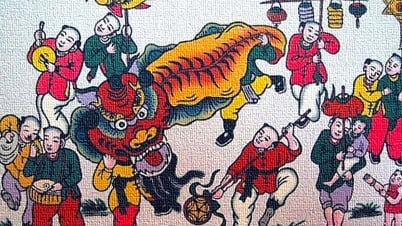

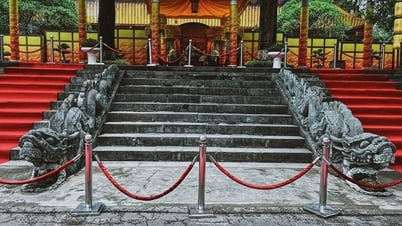




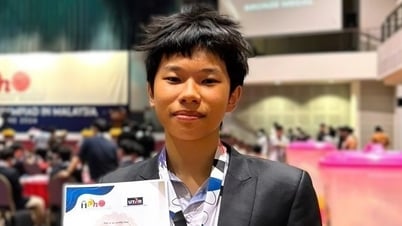

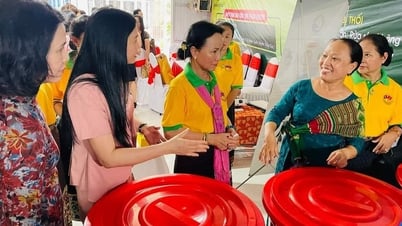

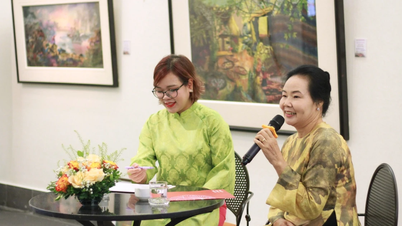
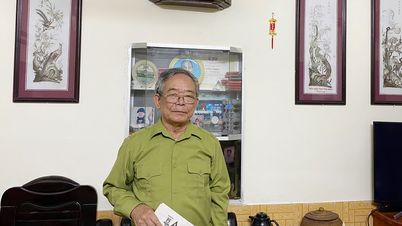

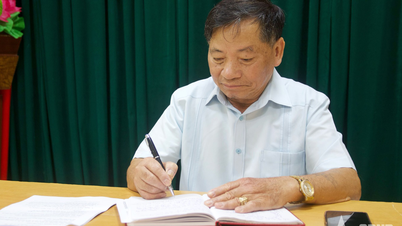


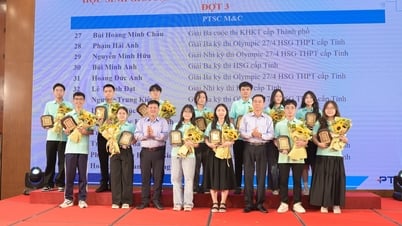

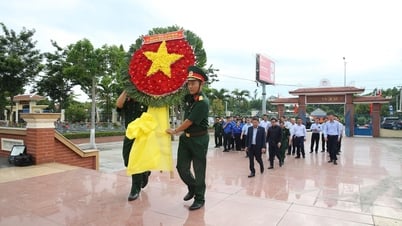





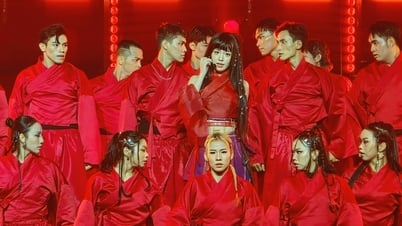
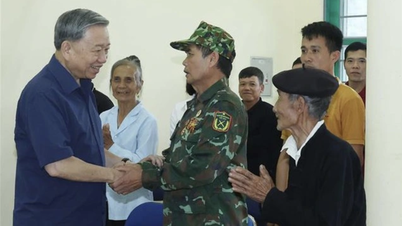
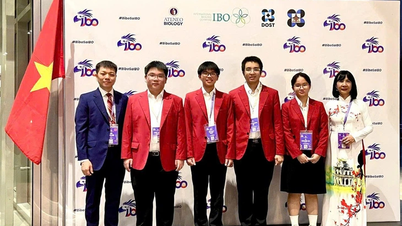
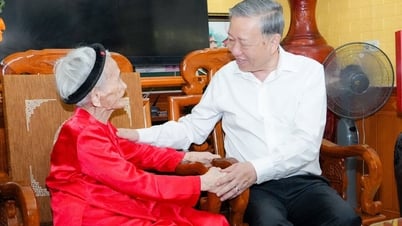



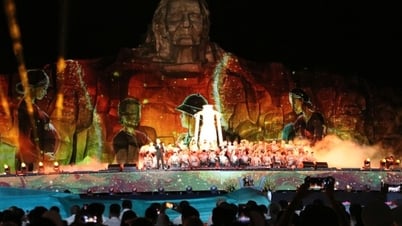

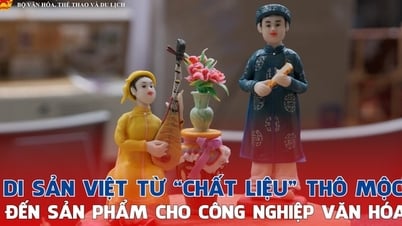
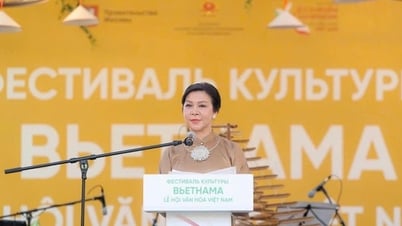
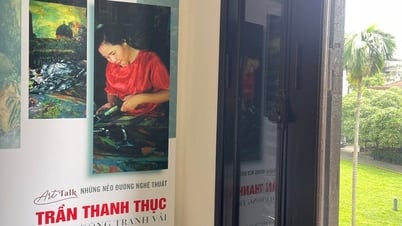
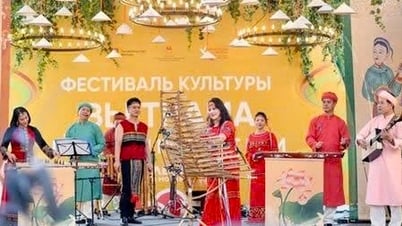
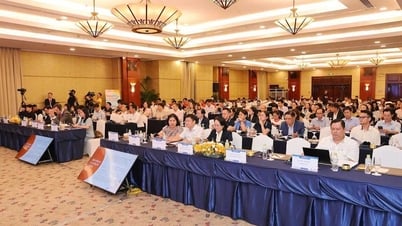





















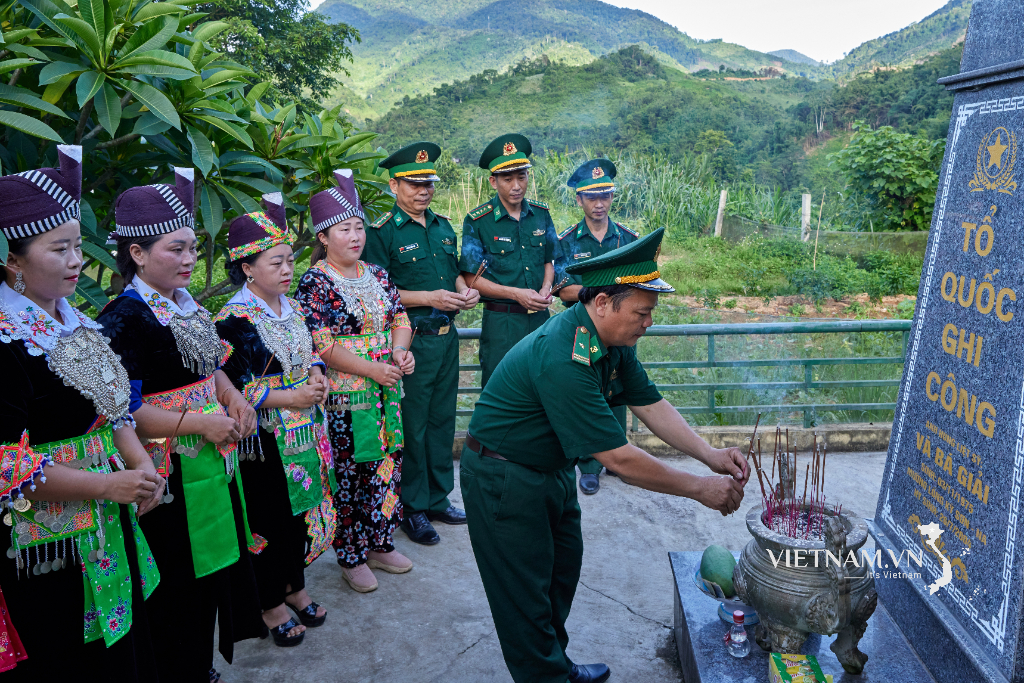

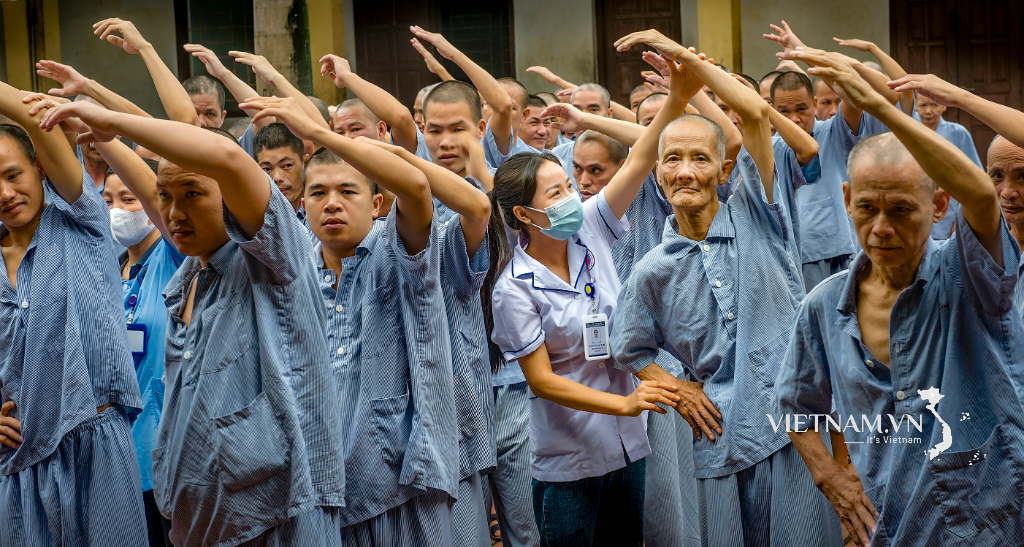
Comment (0)